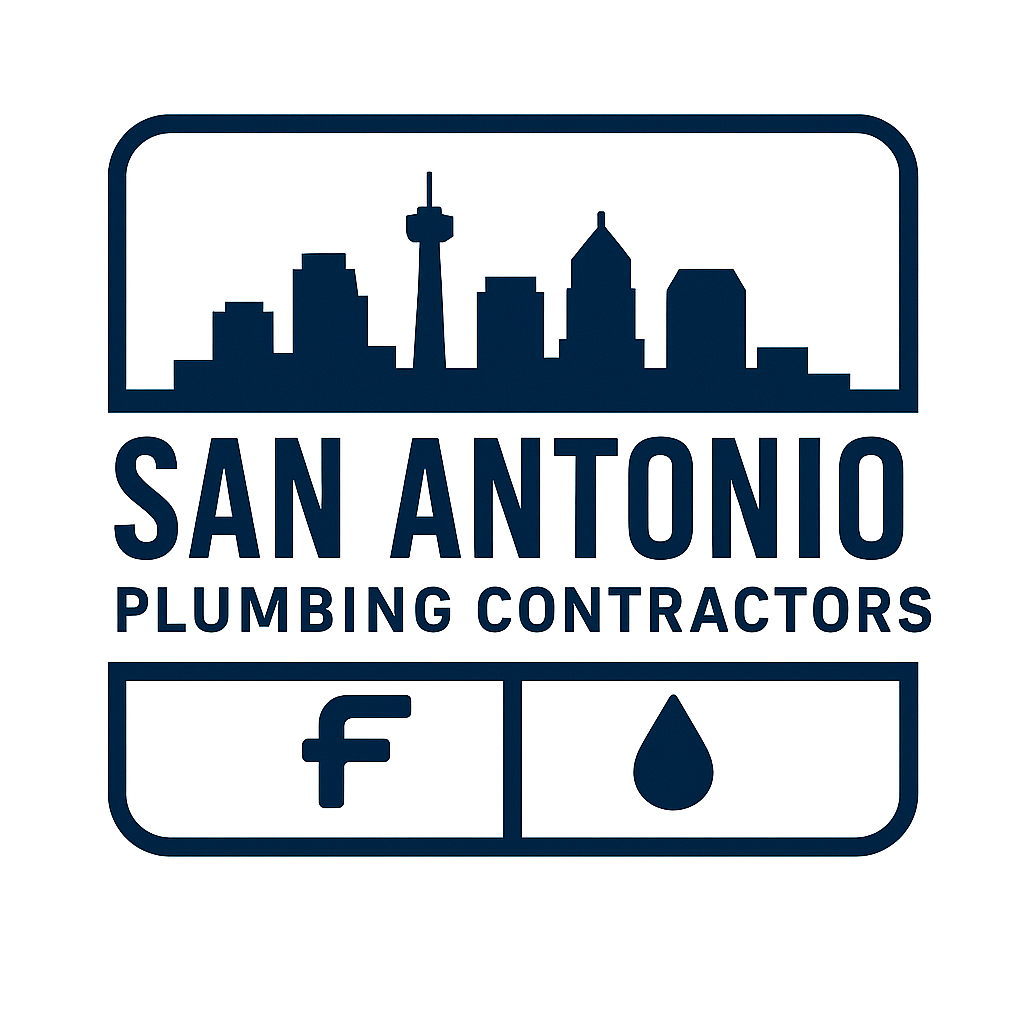
Tankless Water Heater vs. Tank in San Antonio — Sizing, Costs, Pros & Cons
If you’re choosing a tankless water heater in San Antonio, you’re in the right place. Because our water is hard and our inlet temperature is relatively warm, both tank and tankless systems can work extremely well here—when they’re sized and maintained correctly. This guide explains how to pick the right type, how to size it, and how to maintain it in hard-water homes.
Quick Verdict — Which One Should You Pick?
Choose a Modern Tank (40–75 gal) if you want…
- The lowest upfront cost and a fast like-for-like replacement.
- Predictable hot water for families and easy maintenance.
- No gas-line upsizing or major vent changes.
Choose a Gas Tankless Water Heater (condensing 180–199k BTU) if you want…
- Endless hot water and a compact wall-mount footprint.
- Higher efficiency and lower long-term fuel use.
- Annual descaling and you’re okay with a larger install (gas/vent/condensate).
Avoid whole-home electric tankless unless your panel can spare multiple 40–60A breakers; otherwise a costly upgrade may be required.
San Antonio Factors That Matter
- Hard water: Scale forms quickly. Therefore, a tankless water heater needs annual descaling; tanks need a yearly flush and anode checks.
- Inlet temperature: With ~60–65°F inlet and a 120°F setpoint, a tankless water heater can deliver ~6–8 GPM on 180–199k BTU models.
- Freeze notes: Outdoor installs require freeze protection, a drain-down procedure, and a proper cover; indoor garage/utility installs are simpler.
- Gas & venting: Conversions often need ¾″–1″ gas, condensing venting, and a condensate neutralizer.
Efficiency Labels (simple)
| Type | Typical UEF | Notes |
|---|---|---|
| Standard Gas Tank | ~0.60–0.72 | Lowest upfront cost |
| High-Eff. Condensing Tank | ~0.80–0.90 | Higher install, better efficiency |
| Gas Tankless (non-cond.) | ~0.82 | Older style |
| Gas Tankless (condensing) | ~0.92–0.96 | Most efficient gas option |
Tankless Water Heater Sizing (San Antonio Assumptions)
Target setpoint: 120°F. Inlet temperature: ~60–65°F. Consequently, your temperature rise is about 55–60°F.
Fixture Flow Reference
- Efficient shower: 1.8–2.0 GPM (≈70% hot portion)
- Sink faucet: 0.5–1.0 GPM (30–70% hot)
- Clothes washer: 1.5–2.0 GPM (intermittent)
- Tub fill: 4–6 GPM (short bursts)
Two Quick Examples
- Tankless water heater: Two 2.0 GPM showers → ≈2.8 GPM hot, add a sink 0.7 GPM → ≈3.5 GPM hot. A 199k BTU condensing unit typically provides ~6–7 GPM @ 55°F rise, so you’re covered.
- Tank: Family of four → a 50–60 gal gas tank with FHR 80–90 gal covers two showers + dishes, then recovers. For long showers or big tubs, consider 75 gal or a recirc loop.
Tankless Water Heater vs Tank — Pros & Cons
- Tank (storage) — ✅ Lowest upfront cost; ✅ tolerant of scale; ⚠️ standby heat loss; ⚠️ finite run time; ⚠️ larger footprint (≈8–12 yrs life).
- Gas tankless water heater — ✅ Endless hot water; ✅ higher efficiency; ✅ longer life (≈15–20 yrs); ⚠️ bigger install (gas/vent/condensate); ⚠️ annual descaling; ⚠️ recirc needs smart control or buffer.
- Electric tankless — ✅ No gas/vent; ⚠️ very high amperage; ⚠️ lower max GPM; ⚠️ panel upgrades common.
Typical Costs in the Real World
- Gas tank → gas tank (like-for-like): ~$1,400–$3,000+ depending on size, code items, and haul-away.
- New gas tankless water heater (condensing 180–199k BTU): ~$2,800–$5,500+ including gas line changes, venting, condensate, and isolation valves.
- Electric tankless: Unit is inexpensive; however, panel upgrades can push the project higher than gas in older homes.
For conversions, compare total project cost and expected fuel savings rather than unit price alone.
Maintenance in Hard-Water Homes
- Tankless water heater: Install isolation valves day one. Descale annually, clean inlet screen, verify condensate drain, and review error history.
- Tanks: Flush annually, test T&P valve, inspect/replace the anode every 3–5 years, and check expansion tank/vent.
- Whole-home prep: Add a sediment pre-filter; consider a water softener to protect heaters and fixtures.
Recirculation Options
- Tanks: Simple timer or demand-controlled recirc loops improve comfort.
- Tankless: Choose models with built-in recirc or a small buffer tank. Use demand or smart controls to avoid short-cycling.
If hot water to distant bathrooms is slow, a demand-controlled recirc line can dramatically cut wait times and water waste.
Safety & Code Essentials
- Proper combustion air, vent category, and clearances.
- T&P discharge routed to code; seismic straps where required.
- Condensing units need a condensate neutralizer and drain.
- CO detector nearby for gas appliances.
- Mixing valve if storage temperatures exceed 120°F.
Learn More from Trusted Sources
These resources explain efficiency ratings, sizing concepts, and technology differences in greater detail.
Helpful Tools & Related Guides
Use these resources to plan maintenance and protect your new tankless water heater from scale and freeze damage.
Water Heater FAQ (San Antonio)
What size tankless do I need for two showers?
With ~60–65°F inlet and a 120°F setpoint, plan for a 55–60°F rise. A condensing 180–199k BTU tankless water heater usually supports ~6–7 GPM at that rise, which covers two efficient showers plus a sink.
Is a 50-gallon tank enough for a family of four?
Often, yes—if the First-Hour Rating is 80–90 gallons. For long showers or big tubs, consider 60–75 gallons or add recirculation.
Can tankless work with recirculation?
Absolutely. Choose a model with built-in recirc or add a demand-controlled loop and, if needed, a small buffer to prevent short-cycling.
How often should I service heaters in San Antonio?
Descale a tankless water heater once per year and flush tanks annually. In addition, inspect anode rods every 3–5 years and replace as needed.
Gas vs. electric tankless—what’s realistic?
Gas tankless is ideal for most homes. Whole-home electric tankless works only if your panel has significant spare capacity; otherwise upgrades can be expensive.
Need Help Choosing or Sizing Your Tankless Water Heater?
Request a Local QuoteWe install gas tanks, tankless water heaters, recirculation systems, and water-softening solutions across Bexar County.